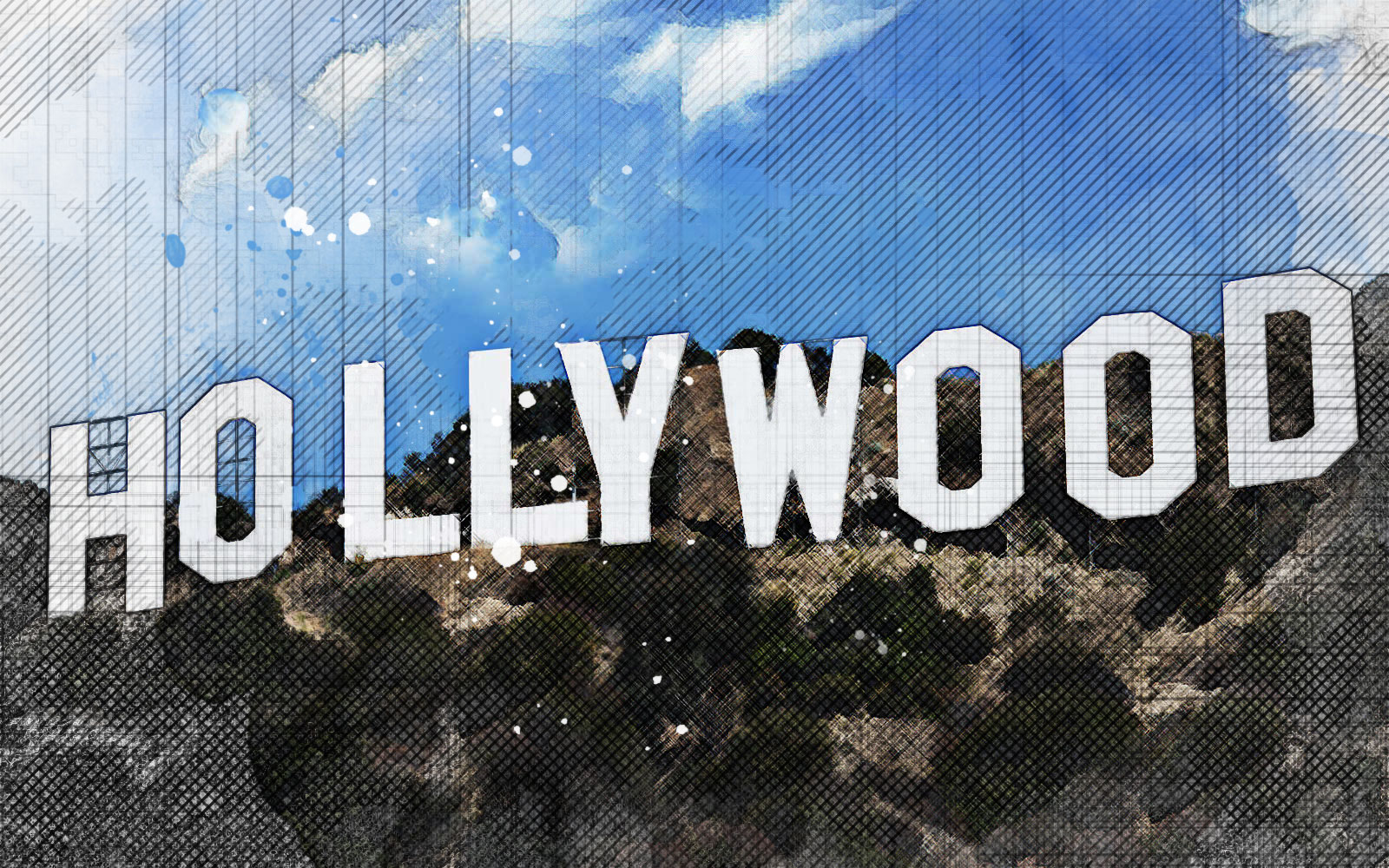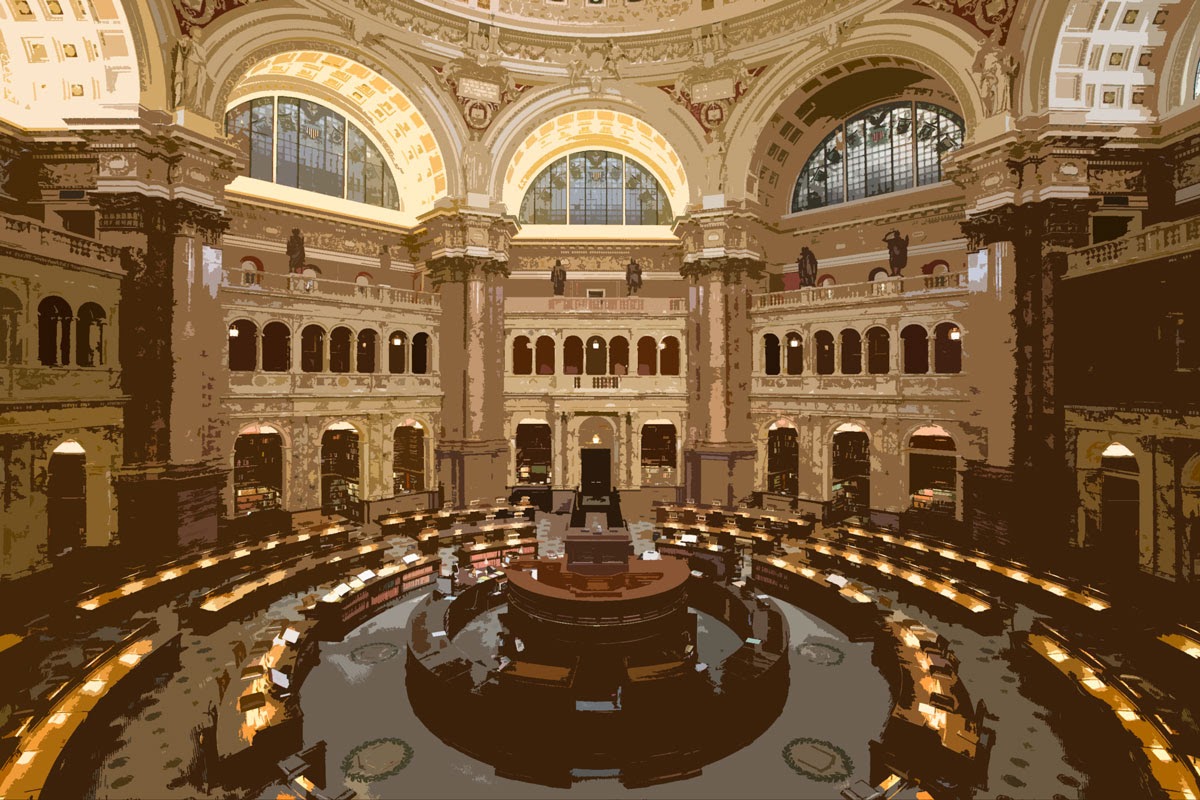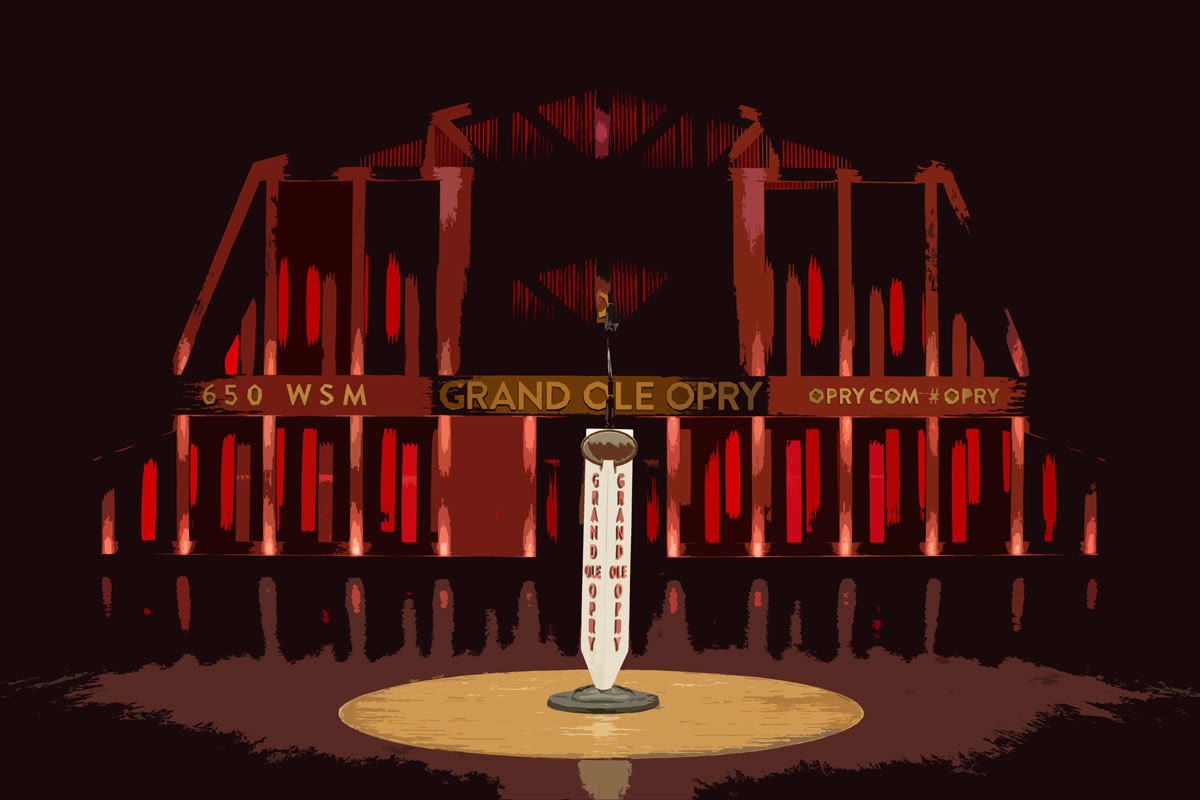Listen below, or on any podcast app:

The See America Podcast is sponsored by Roadtrippers. America’s #1 trip planning app. Enjoy 20% off your first year of Roadtrippers PLUS with the code RVMILES917X.
By Jason Epperson
Before Hollywood became the film and television capital of the world, it didn’t look much different than other western frontiers. The area surrounding Los Angeles was full of farmers, cowboys, and prospectors, all wanting their piece of acres of undeveloped land.
As the word got out about the sunny skies, mild temps, and dry weather, Americans began to flock to California — subdivision by subdivision.
In 1887, a Mrs. Wilcox, wife of Harvey Wilcox, met a woman on a train trip who referred to her Florida summer home, “Hollywood.” She was so struck by the name that she suggested it to her husband, who would come to found a small, Southern California town that would become synonymous with the American dream. The Hollywood Sign.
Ten years after Wilcox founded Hollywood, lousy weather drove a small Chicago film company west to complete a shoot. It turned out to be an ideal place for filmmaking. Another studio followed and took up residence. Nestor Film Company, from New Jersey, filmed three pictures a week – one’ western,’ one ‘eastern,’ and one comedy. Out east, Thomas Edison had begun suing rival film producers who were utilizing filmmaking and projection devices that he thought infringed on his Kinetoscope technology.
Many of these movie studios fled first to Cuba, before word of California’s ideal film-shooting climate and landscape spread. Nearly overnight, Old barns were turned into sound stages, springing up some 15 studios. Hollywood became the world center of filmmaking.
By 1915, America was film-crazed. Hopeful actors fled to Hollywood with the dream of becoming stars. Studios, engaged in a cutthroat battle for survival, began to merge into larger studios, a few of which still exist today. By 1920, 40 million Americans were going to the movies each week. That’s more tickets than are sold today.
The rise of the film industry meant the rise of the wealthy class in the Los Angeles area. Fancy nightclubs and restaurants opened, peppered between opulent movie houses. Real estate had replaced gold prospecting as the newest get-rich craze. In 1923, Los Angeles Times publisher Harry Chandler became involved in a new development in Hollywood called “Hollywoodland.” To advertise this new neighborhood for the wealthy, he spent $21,000 on a massive billboard to promote it.
The “billboard” consisted of 13 letters, each about 30 feet wide and 43 feet tall, constructed of 3-foot by 9-foot metal squares rigged together by an intricate frame of scaffolding, pipes, wires, and telephone poles.
All of this stuff had to be hauled up craggy Mt. Lee by laborers on dirt paths. Once constructed, it was illuminated with 4,000 20-watt bulbs, spaced 8 inches apart. At night they blinked first “Holly” then “wood” and finally “land,” punctuated by a giant period.
When talkies arrived on the scene, the motion picture industry was spinning. The big studios frantically re-tooled, and acting careers were ruined and made overnight. Hollywood was booming, but the stock market wasn’t. The studios relied heavily on speculative capital and were struck hard in the crash of 1929…But Americans needed to escape from their terrible reality in the Depression, and Hollywood was there to provide lavish, escapist productions. Hollywood would survive the crash, but not without its casualties.
The element of sound synchronized with film promised new opportunities for vocally trained stage actors to shine on the silver screen, sparking a new wave of artists flocking to Tinseltown. Unfortunately, most were met with cold, hard rejection.
Wales-born Peg Entwistle arrived in New York in the spring of 1913 at the age of 5 with her actor father, Robert Entwistle. Robert had appeared in several Broadway shows before his untimely demise at the hands of a hit-and-run motorist in 1922 on Park Avenue. Peg and her two younger half-brothers were taken in by their uncle, who had come with them to New York and worked as a manager to Broadway actors.
By 1925, Peg was apprenticing with a Boston repertory theater when she was given an uncredited walk-on part in a Broadway production of Hamlet, which starred Ethel Barrymore, the then matriarch of a family who’s acting pedigree spans 400 years, right up to today with Drew Barrymore. Entwhistle carried the King’s train and brought in the poison-cup.
At age 17, she played the starring role of “Hedvig” in a production of Henrik Ibsen’s “The Wild Duck.” After seeing the play, Bette Davis told her mother, “…I want to be exactly like Peg Entwistle.” Through the years, Davis consistently said Entwistle was her inspiration to take up acting.
Entwistle went on to perform in ten Broadway plays as a member of the New York Theatre Guild between 1926 and 1932. Her longest-running play was the 1927 hit “Tommy,” which ran for 232 performances and became the play for which she was most remembered.
Entwistle was often cast as a comedian, most often the attractive, good-hearted ingénue. In 1929 she told a reporter: “I would rather play roles that carry conviction. Maybe it is because they are the easiest and yet the hardest things for me to do. To play any kind of an emotional scene I must work up to a certain pitch. If I reach this in my first word, the rest of the words and lines take care of themselves. But if I fail, I have to build up the balance of the speeches, and in doing this, the whole characterization falls flat. I feel that I am cheating myself. I don’t know whether other actresses get this same reaction or not, but it does worry me.”
In early 1932 Entwistle made her last Broadway appearance in J. M. Barrie’s “Alice Sit-by-the-Fire.” which also starred Laurette Taylor, whose alcoholism led to the show being canceled. Entwistle and the other players were given only a week’s salary. Peg Entwistle was one of Broadway’s stars, but the hard times of the Depression and the lure of the ‘talkies’ would send her west.
She packed her bags for Hollywood and moved in with her uncle on Beachwood Drive – virtually in the shadow of the Hollywoodland Sign. She took a short run role in a play at the Belasco Theatre opposite a yet-to-be star Humphrey Bogart, receiving good reviews, and landed her only credited film role for RKO: “Thirteen Women,” a high-budget thriller. Entwistle played a small supporting role. She spent most of the summer of 1932 waiting for a real role to come in, but it never did. On the evening of September 18th, Peg told her uncle that she was going to meet some friends at a nearby drug store, but it was a tragically sad lie.
A woman was hiking below the Hollywoodland sign when she found a shoe, purse, and jacket. She opened the purse and found a suicide note, and then she looked down the mountain and saw the body below. Instead of going to the drug store, Peg made her way to the nearby southern slope of Mount Lee to the foot of the Hollywoodland sign, climbed a workman’s ladder to the top of the “H,” and jumped.
“Thirteen Women” premiered on a month after her death, and, according to Hollywood legend, a letter arrived the day after Peg’s death from the Beverly Hills Playhouse. She was offered the lead role in a play…about a woman driven to suicide.
Dubbed “The Hollywood Sign Girl” by the tabloids, Peg Entwistle’s life ended at only 24 years old.
By the early ’40s, the Hollywoodland real estate development went bust – a casualty of the Depression. The Sign, which hadn’t been maintained in years, quietly became property of the city in 1944. It was now a de facto landmark, but it was falling apart, mirroring the film industry’s vulnerability in the postwar climate. By the early ’50s, 400 actors, writers, directors, and producers were blacklisted as suspected communists.
Movies also faced a new competitor. By 1948, box office receipts plummeted 45% from wartime highs due to the new advent of the household television. From 1941 to ’51, the number of TV sets in American homes skyrocketed from 10,000 to more than 12 million. Studios slashed payrolls, back lots sprouted weeds, and sound stages went dark. Filmmakers and distributors responded with a series of gimmicks: wider screens, 3-D, Technicolor, stereo sound, even free meals. But Television would also save Hollywood. TV companies flocked westward and snatched up old studios and lots, and by 1950 more sound stages were producing TV programs than movies.
When the “H” on the Hollywood sign fell, leaving it as a misspelled eyesore, the Hollywood Chamber of Commerce finally came to the rescue. In 1949, they replaced the toppled “H” and removed the letters that spelled “LAND” and repaired the rest. The Sign took its now-iconic form.
During the 60s, Hollywood suffered a mass exodus of residents and studios to the suburban San Fernando Valley and other places where there was a bit more room. By 1970, Paramount was the only studio left in town.
In the void, Hollywood became overrun with adult theaters and massage parlors. Crime soared, and the town’s storied boulevards were ravaged by the same urban decay that hit Times Square, Chicago’s Loop, and other downtowns across the country. The Sign, too, reflected this urban flight. It grew rusted and dilapidated, nearly crumbling under its own weight. In 1973, the City of Los Angeles Cultural Heritage Board gave the Sign official landmark status, but the ensuing ceremony, hosted by silent film star Gloria Swanson, was blanketed in a thick fog, ruining the event. It was an omen of dark days ahead. That year, pranksters altered the Sign’s letters to read “Hollyweed,” advocating looser marijuana laws. By the late 70s, the top of the “D” and the entire third “O” toppled down Mt. Lee, and an arsonist set fire to the bottom of the second “L.”
The Chamber determined that the Sign required a complete rebuilding – at a price tag of a quarter-million dollars. Some of showbiz’s most prominent names came to the rescue.
In 1977, Fleetwood Mac pledged a charity concert, but local residents prevented it. The next year, however, Hugh Hefner hosted a gala fundraiser at the Playboy Mansion, where individual Sign letters were ceremonially ‘auctioned’ off at $27,700 per letter. The effort to preserve the Sign brought together an odd mix of celebrity sponsors: Glam-rocker Alice Cooper ‘bought’ an “O” (in honor of Groucho Marx) while singing cowboy Gene Autry sponsored an “L” and Andy Williams sponsored the “W.” The old Sign was scrapped in August of 1978, and for three months, Hollywood had no Sign.
194 tons of concrete, enamel, and steel later, the Sign was re-born, a first step in a Hollywood revitalization effort that continues to this day. In 1980, a $90 million federal grant enabled Hollywood to launch a slew of redevelopment projects. In ’89, Disney Studios began a museum-grade rehabilitation of the El Capitan Theater. Ten years later, part of the Egyptian was restored to its glory. The Roosevelt Hotel and Pantages Theater all received well-deserved makeovers during the last decades of the millennium.
The Hollywood sign doesn’t continue without controversy though. Access to it through overrun neighborhoods is a major pressure point, and pranks have continued over the years.
In 2000 the Hollywood Sign Trust hired Panasonic to install a state-of-the-art security system comprised of a vast closed-circuit surveillance network and Internet-based surveillance, which can viewed live on webcam. The system is monitored 24/7 to protect the Sign and its neighbors from unwanted visitors, as well as the danger of fire.
In 2010, Hugh Hefner presented the Hollywood Sign Trust with the closing gift to the ‘Save the Peak,’ capital campaign to raise funds to purchase and protect the 138 endangered acres behind the Hollywood Sign. Thanks to Mr. Hefner’s contribution, grants from The Tiffany & Co. Foundation and more, this land will, and the view will be forever protected.
Originally intended to last just a year and a half, the Sign has endured nearly 100 years – and is still going strong.
If you want to visit the Hollywood Sign, there are two great places to see it from the front. One is on Hollywood Boulevard at the Hollywood & Highland Center, home of the Dolby Theater, where the Academy Awards are broadcast. The Center’s designers made it a point to feature the distant Hollywood Sign as the centerpiece of their architectural composition. The result is that sign photo opps can be found throughout the outdoor mall’s levels. This is a great spot for a one-day Hollywood experience, as you can also stroll the stars of the walk-of-fame and see the famous handprints and signatures at the Grauman’s Chinese Theater. You’ll also get an eyeful of street performers of varying quality and unlicensed costumed characters – but it’s all part of the fun.
Another great spot is the Griffith Observatory, a planetarium with free grounds and parking, offering fantastic views of the entire LA area. You can also take a bus to the Observatory.
At either place, just don’t make the mistake I did. See the Sign in the day. It’s not lit at night.
If you want to get up close and personal with the Sign, the only real way to do it is a hike. Luckily, scenic hiking trails have been created to provide an excellent visitor experience. The easiest is the Mt. Hollywood Trail, offering a side-angle view of the Sign. It has two starting points in Griffith Park. The three-mile loop starts at Griffith Observatory’s parking lot. A slightly longer access starts on a fire road intersecting North Vermont Canyon Rd., just past the Greek Theater, where there’s plenty of street parking. You can use the restrooms at the Observatory. This is a busy trail, and summer can be scorching, so be sure and carry plenty of water and proper footwear. Snakes and other wildlife live here.
A more difficult route, the Brush Canyon Trail, features a fun side trip to Adam West’s Bat Cave, home of the Batmobile in the 60’s Batman TV series. Locals know it as Bronson Caves, and there’s a small parking lot close to the trailhead on Canyon Drive and an overflow dirt parking lot just down the road. The trail offers sensational views of the city and ends behind the Hollywood Sign. The old rock quarry tunnel has figured in many movies, from 1925’s Riders of the Purple Sage to 2010’s Megashark vs. Crocosaurus. The 6.5-mile trail to the Sign climbs more than a thousand feet through several ecosystems. You’ll need at least three hours and plenty of water. You might see mule deer, bobcats, coyotes, and rattlesnakes along the way.
Finally, the Cahuenga Peak Hike, across a short saddle from Mt. Lee, runs through the latest 138-acre addition to Griffith Park and offers wide-angle views of the Hollywood Reservoir and the San Fernando Valley. Suitable for the more experienced hiker, the trail is more rugged and less defined than the Canyon Blvd. trail. Stunning views of the Hollywood Sign and the city unfold as you meander through the Santa Monica Mountains, ascending above and behind the 45-foot-tall aluminum letters, where you look out over the Hollywood sign from behind to the towers of downtown Los Angeles, and, on a clear day, the blue Pacific.
Authorized hiking trails are open from Sunrise to Sunset, 365 days a year. Information and trail maps are available at hollywoodsign.org.
Learn More
https://en.wikipedia.org/wiki/Hollywood_Sign
https://en.wikipedia.org/wiki/Peg_Entwistle
Join the See America Facebook Group here. You can also follow See America on Facebook, Instagram and Twitter.
Find more resources for the U.S. based traveler at RVMiles.com.








